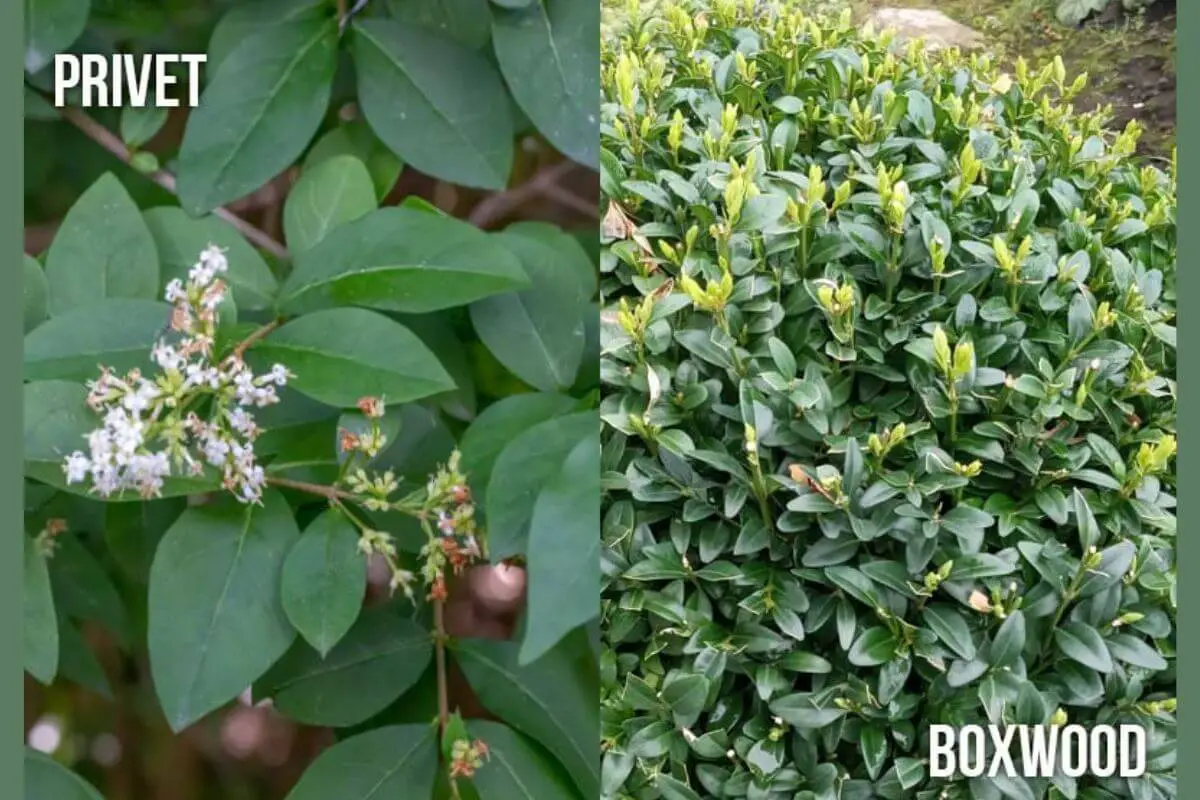Introduction
When it comes to creating the ideal garden hedge, two popular contenders often stand out: Privet and Boxwood. These evergreen shrubs are beloved for their lush foliage and versatility, but they have unique characteristics that make them suitable for different garden needs. In this article, we’ll delve into the Privet vs. Boxwood debate, comparing their features, care requirements, and the aesthetic appeal they bring to your outdoor space. By the end, you’ll have a clearer understanding of which hedge is the best fit for your garden.
The Battle of Foliage
Privet (Ligustrum)
Privet hedges are renowned for their vibrant, glossy green leaves. These fast-growing shrubs can be easily shaped and trimmed, making them an excellent choice for those who prefer a neat and structured appearance in their garden. Privet hedges are known for their privacy-boosting capabilities, providing a dense barrier against prying eyes.
Boxwood (Buxus)
On the other hand, Boxwood hedges offer a more refined and formal look with their small, compact leaves. They grow at a slower pace than Privet, which means less frequent trimming is required. Boxwoods are often preferred for their ability to be sculpted into intricate shapes, making them an artistic addition to any garden.

Maintenance and Care
Privet: Low Maintenance with Vigilant Trimming
Privet hedges require regular pruning to maintain their shape and density. They can thrive in various soil types and tolerate partial shade. These hedges are also relatively disease-resistant, adding to their low-maintenance appeal.
Boxwood: Slow and Steady Wins the Race
Boxwood hedges demand less frequent trimming due to their slow growth rate. They prefer well-drained soil and can tolerate both full sun and partial shade. While they are generally hardy, they can be susceptible to certain pests and diseases if not properly cared for.
Aesthetic Appeal
Privet: Classic and Verdant
Privet hedges offer a classic, timeless look that can complement both traditional and modern garden designs. Their dense, lush foliage creates a verdant backdrop that enhances the beauty of your landscape.
Boxwood: Elegance in Simplicity
Boxwood hedges exude an air of elegance and simplicity. Their fine-textured leaves and ability to be pruned into various shapes make them a favorite among formal garden enthusiasts.
Environmental Considerations
Privet: A Wildlife Haven
Privet hedges provide shelter and food for various wildlife species, including birds and insects. While they may be considered invasive in some regions, they can be a valuable addition to your garden’s ecosystem.
Boxwood: A Less Invasive Option
Boxwood hedges are generally less invasive than Privet and are not known to spread aggressively. This makes them a more environmentally friendly choice for regions where Privet may pose a problem.
Making Your Choice
In the Privet vs. Boxwood showdown, the winner depends on your garden goals and personal preferences. If you desire a fast-growing, dense hedge that provides excellent privacy, Privet might be your top choice. However, if you appreciate a slower-growing, formal look and enjoy the art of topiary, Boxwood could be the better option.
Conclusion
Both Privet and Boxwood hedges have their unique advantages and visual appeal. The decision ultimately boils down to your garden’s specific needs and your aesthetic preferences. Whichever you choose, you’re sure to enjoy the beauty and functionality that a well-maintained hedge brings to your outdoor space.
FAQs (Frequently Asked Questions)
1. Are Privet hedges suitable for colder climates?
Yes, Privet hedges can thrive in a variety of climates, including colder regions. They are quite hardy and can withstand frost.
2. Can Boxwood hedges be grown in pots or containers?
Yes, Boxwood hedges can be grown in pots, making them a versatile option for both small and large gardens.
3. Do Privet hedges require a lot of water?
While Privet hedges are relatively drought-tolerant once established, they benefit from regular watering, especially during dry spells.
4. How often should I trim my Boxwood hedge?
Boxwood hedges typically require pruning once a year, usually in late spring or early summer.
5. Are there any specific diseases I should watch out for in Boxwood hedges?
Boxwoods can be susceptible to diseases like boxwood blight, so it’s essential to monitor their health and address any issues promptly.



